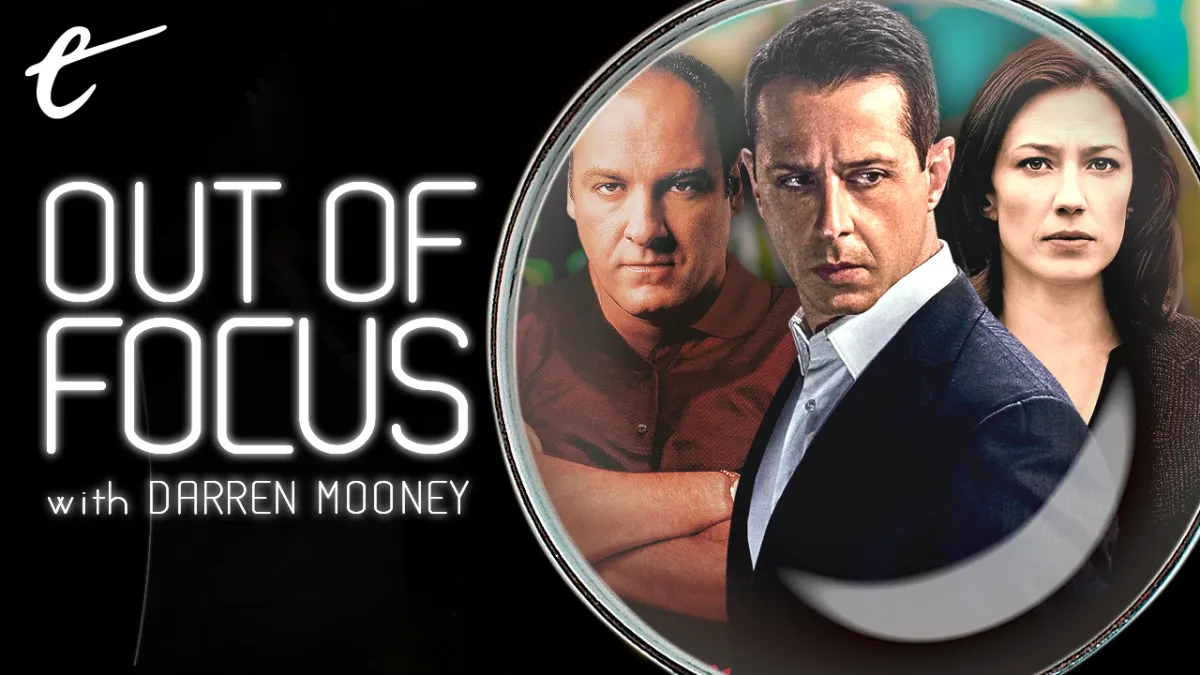This discussion on the nature of endings contains spoilers for Succession, The Leftovers, and The Sopranos.
A couple of weeks ago, the series finales of Succession, Barry, Ted Lasso, and The Marvelous Mrs. Maisel were all broadcast within a single week. It was a remarkable pop culture moment, and it sparked debate about what makes for a satisfying ending to a television show. A large part of it is the relationship between the show and its audience, as well as an ending that finds a way to resolve its narrative in a satisfying way while still granting the audience room to process what they’ve seen.
The finale of Succession, “With Open Eyes,” is a great example of this. Narratively, the episode ties up everything that it needs to. Following the death of Logan Roy (Brian Cox), his media empire is sold to Scandinavian businessman Lukas Matsson (Alexander Skarsgård), with Logan’s son-in-law Tom Wambsgans (Matthew Macfadyen) installed as a puppet American CEO. Logan’s son Kendall (Jeremy Strong) fails to sabotage the deal, undermined at the last minute by his sister, Shiv (Sarah Snook).
It’s a satisfying resolution to the plot mechanics of the show and wraps up the show’s themes and character arcs. Logan failed to build something that lasted beyond himself, as Matsson openly talks about seeing the company as a “parts shop” to be harvested. Kendall failed to live up to the legend of his father. Tom has wormed his way further up the ladder, but his success is most obviously a marker of how far everybody else has fallen.
However, what’s remarkable about “With Open Eyes” is the extent to which the episode leaves character motivations and conclusions open to the audience’s interpretation. This is most obvious with Shiv’s betrayal of Kendall in the final vote. The show leaves Shiv’s decision-making process perfectly opaque. She offers any number of justifications to Kendall in a heated argument, but — like so much of what theses characters say — these seem like self-serving justifications.
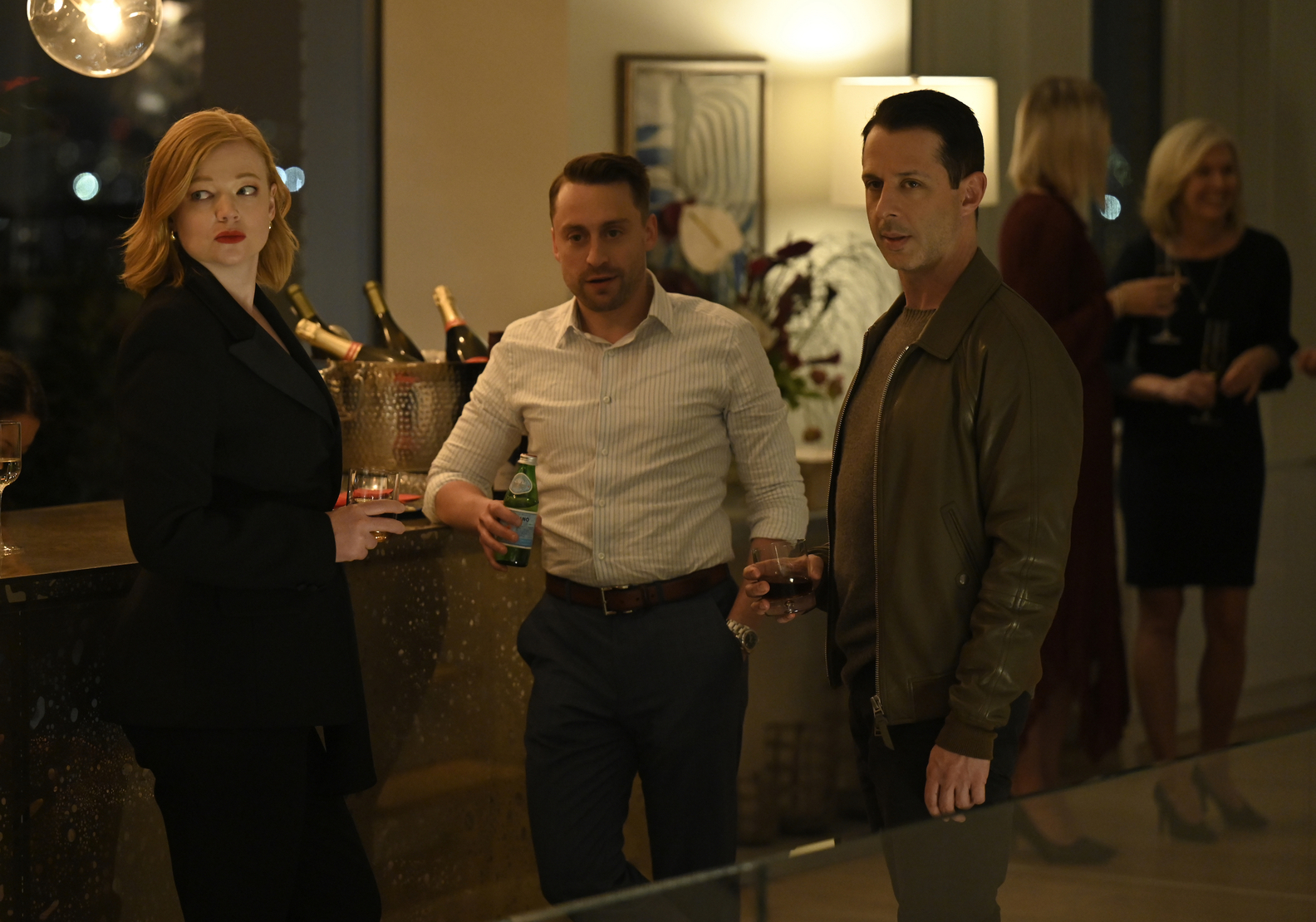
Why did Shiv do it? Did she do it out of spite? Did she do it because she’d seen Kendall abuse their sibling Roman (Kieran Culkin) and realized that he could be as monstrous as their father? Because it was the only leverage she had left, the only way to assert her power? Did she decide her husband Tom was a more valuable ally than her brother Kendall, even with less power? Does Shiv even know why she did it, or was it an impulsive decision?
There’s also the question of when Shiv decided to betray Kendall. The night before the vote, the three siblings formed an alliance that was rooted in the revelation that Mattson was going to betray his alliance to Shiv. Did Shiv ever really believe in her alliance with Kendall? Had she made up her mind when she left the vote to gather her thoughts, or was her decision only resolved when Kendall chased her and tried to force her to go along with him? Was her decision proactive or reactive?
The show doesn’t provide any easy answers to the viewer. It’s entirely possible that Shiv didn’t make the decision for one single reason, or that she didn’t make it for the reason that she believes she made it. Succession treats its characters as black boxes rather than as mysteries to be solved. The audience has spent four years watching how Shiv makes decisions, and the show trusts the audience to have constructed a read on the character that allows them to form their own opinion.
The same is true of the show’s final moments, as Kendall wanders through Battery Park at the bottom of Manhattan, flanked by his security guard Colin (Scott Nicholson). Kendall walks to a park bench by the edge of the water and sits down, watching the sun set. It’s a powerful and evocative image, one juxtaposed with both the shot of the back of Logan’s head in the opening credits and with the sequence of Logan wandering through Central Park with Colin in the season premiere.
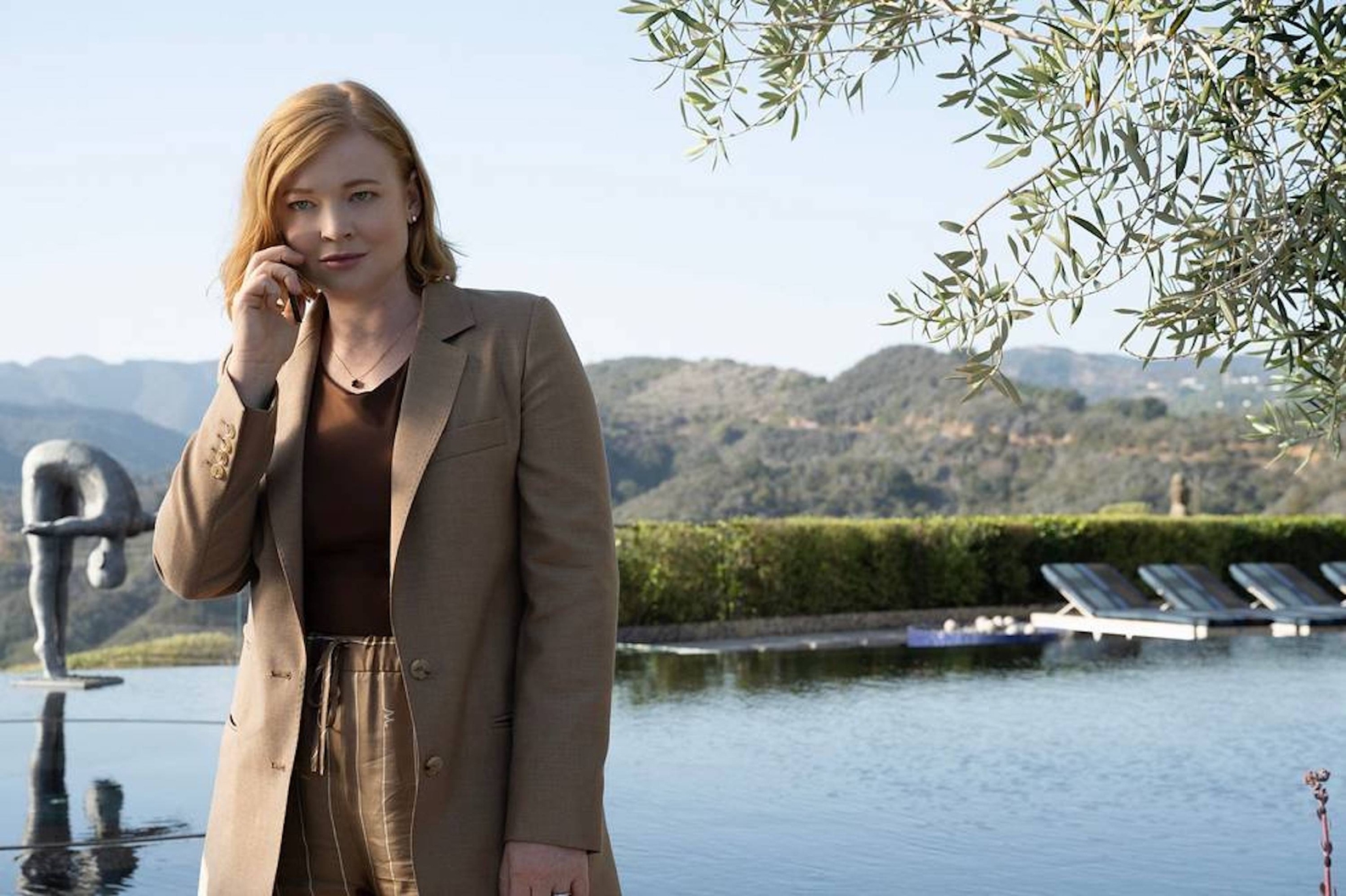
The show uses visual cues to communicate its big themes: The world is smaller for Kendall than it ever was for Logan, with Central Park giving way to Battery Park, as the sun sets (and the son sits) on the Roy empire. Kendall looks out over the water, a recurring motif in Succession, tied to the death of a young waiter (Tom Morley) in a car driven by Kendall and to Kendall’s own near-drowning at the end of the third season. Kendall was even on the water when he heard of his father’s passing, bringing it all together.
It’s a sad ending, but Succession leaves it to the audience to determine how sad. Is this ending in some way liberating for Kendall, setting him free from his father’s shadow? Was Logan right when he made the deal to sell to Mattson that this could be the opportunity for Kendall to make something of himself? On the other hand, will this destroy Kendall, turning him into a walking ghost who is rich enough that he never has to worry about material things, but is haunted by what might have been?
Indeed, some viewers have suggested that Kendall might take his own life at the end of that shot. It’s framed to suggest that Colin is worried about Kendall, and Kendall seems completely shattered by the experience. Actor Jeremy Strong seems to agree with this reading of the scene; during filming, he spontaneously tried to throw himself over the railings, only for Nicholson to intervene. The show cuts to black before that, but even without the behind-the-scenes tidbit, the scene certainly has those vibes.
Succession resolves all that it needs to, but it is designed to leave lingering questions about character and motivation that the audience can turn over in their heads. Succession doesn’t tell the audience why Shiv made that decision, just as it doesn’t tell the audience what happened to Kendall after he failed to secure his father’s empire. It’s interesting to listen to creator Jesse Armstrong talk about the motivations of his characters, often declining to put “a final marker” on a single clear reading.
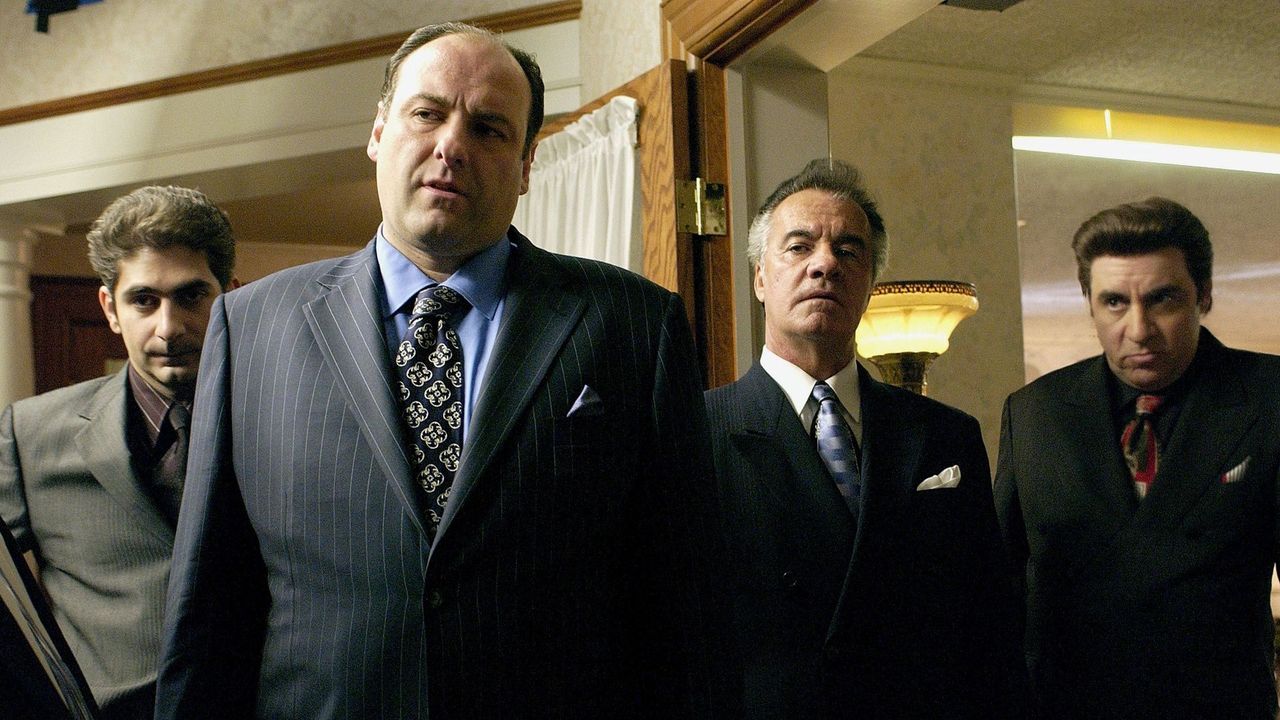
This is something that many of the best television finales have in common. The Sopranos ended with a cut to black at a family meal, with some interpreting that sudden ending as a literal representation of the death of Tony Soprano (James Gandolfini). Although creator David Chase seems to have since conceded that audiences should treat that final sequence as a death scene, for years he stressed the importance of the scene’s ambiguity, “a spiritual question that has no right or wrong answer.”
The audience is free to interpret that sequence based on their reading of the show to that point. It’s entirely reasonable for a viewer to read that as a sequence leading to the literal execution of Tony Soprano in retaliation for the hit on Phil Leotardo (Frank Vincent) earlier in the episode. There’s plenty of textual material to support that within the scene, including the presence of an extra (Paolo Colandrea) wearing one of the Members Only jackets associated with Leotardo’s crew.
However, it’s also possible to read the scene as a statement that although this particular story had ended, Tony’s refusal to grow and change means he will inevitably die in a situation like this. The final season of The Sopranos is about characters being consistently confronted with the reality that they need to change their lives, and most refuse to take the hint. The Sopranos is over because this marks the point at which it becomes impossible for Tony to change, sealing his fate.
After all, those are the lyrics playing on the restaurant jukebox from Journey’s “Don’t Stop Believin’.” The central thematic thrust of the song is that “it goes on and on and on and on.” The cut to black happens on the imperative “don’t stop.” Tony can’t stop. He won’t stop. The cycle of violence depicted on the show will continue, until one day it doesn’t. Maybe that day is today, maybe that day is tomorrow, but the window of opportunity in Tony’s life to break that pattern has closed.
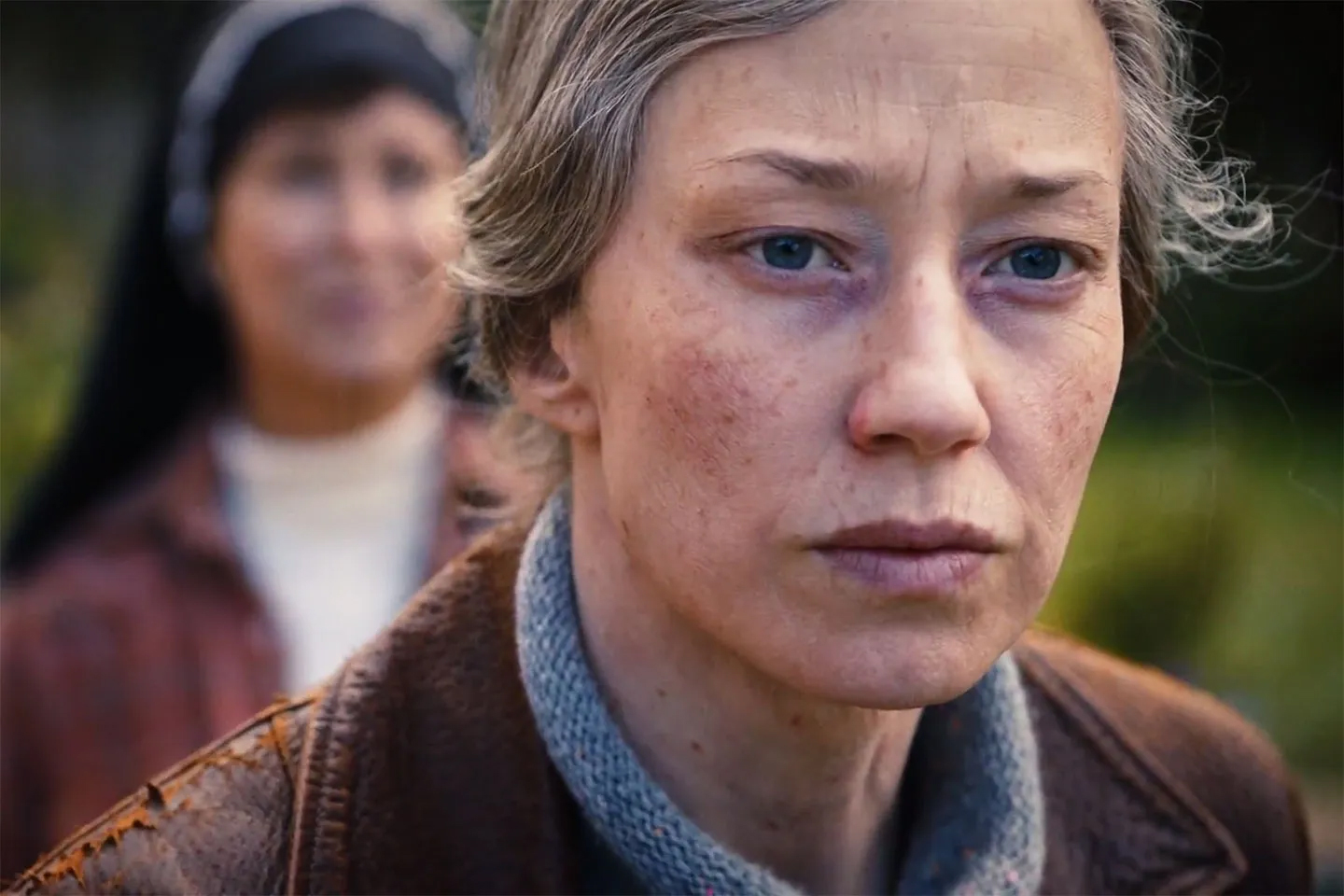
The ending of The Leftovers is similarly ambiguous. The central premise of the show follows the aftermath of the mysterious disappearance of 2% of the world’s population. With no explanation, the survivors try to make sense of the universe. In the finale, Nora (Carrie Coon), a woman who lost her entire family, takes the opportunity to find some answers. She’s given the chance to enter a mysterious device that will allow her to find some answers.
However, the audience doesn’t get to see her use the device. Instead, they see the machine warming up. It fills up with liquid. As it builds towards discharge, Nora seems to have an epiphany. She opens her mouth as if to shout. The screen cuts to black as the device continues to charge. The finale then rejoins Nora several years later, when she is tracked down by her old lover Kevin (Justin Theroux). There is a lingering ambiguity about whether she went through the machine.
Nora eventually tells Kevin that she did go though the machine, and she did discover what happened to her family. They lived in a world where suddenly 98% of the population disappeared. All this is communicated through dialogue. The sequence is left ambiguous. Is Nora lying? Did she even go through the device? After all, if she had been reunited with her family, why would she have come back to a world where she had nothing? Is she just telling Kevin what he wants (or needs) to hear?
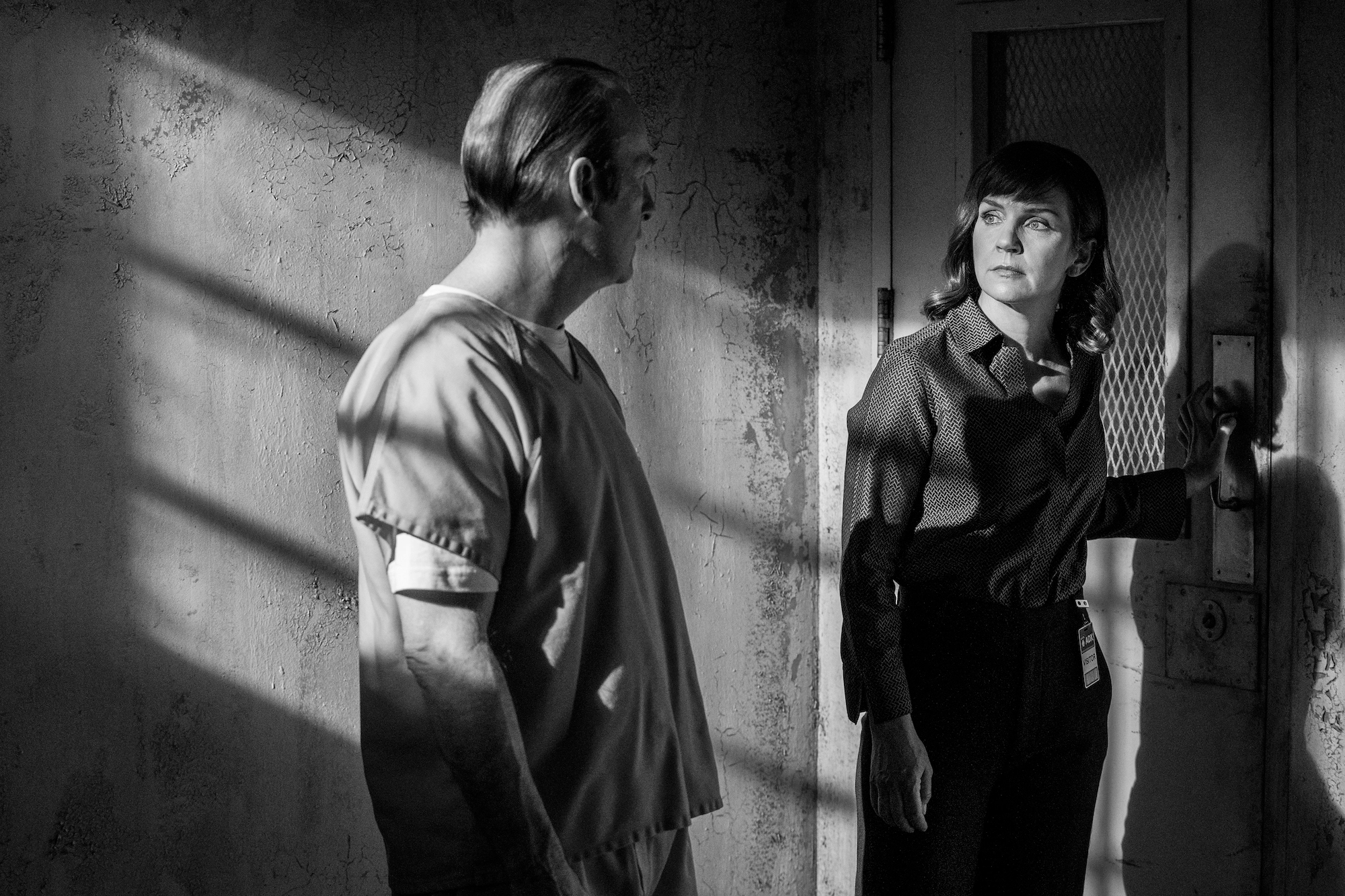
The Leftovers doesn’t provide a clear answer. It instead trusts the audience to reach their own conclusion, based on what they know of Nora. Within the world of the show, it is entirely possible that Nora is telling the truth, but it’s also quite likely that she’s lying. Each individual viewer has to make up their own mind. There’s no “right” answer. It’s very similar to how the finales of Succession and The Sopranos treat their characters and their audience.
There are plenty of lower-key examples. What happens to Jimmy (Bob Odenkirk) and Kim (Rhea Seehorn) after the end of Better Call Saul? Is that conversation at the end of the finale the last time that they will ever talk, or does it suggest an opportunity for the two of them to start over honestly? The key in each of these examples is a willingness to trust the audience, in a way that respects their intelligence and their attention.
This approach is built on the assumption that the audience has spent dozens of hours watching and scrutinizing these characters and their behaviors, and it rewards that investment by throwing a ball to the audience. The story is wrapped up, the plot is resolved, but the audience gets to make the final judgment on the character within that narrative. It’s an approach that allows a truly great show to live on long past the final cut to black.

